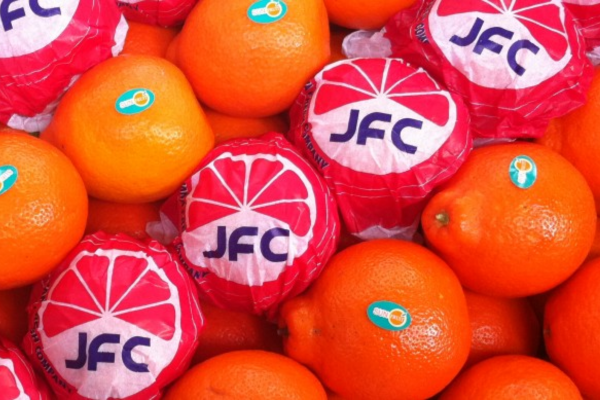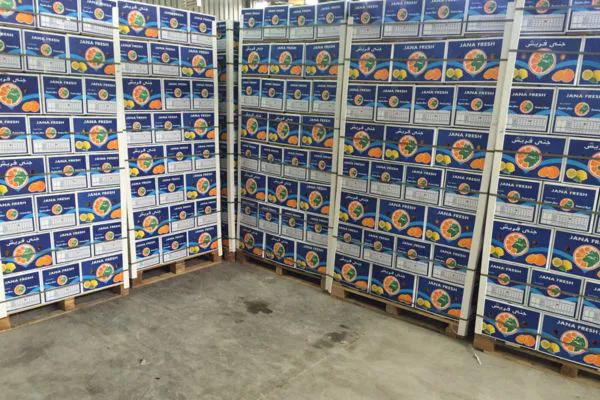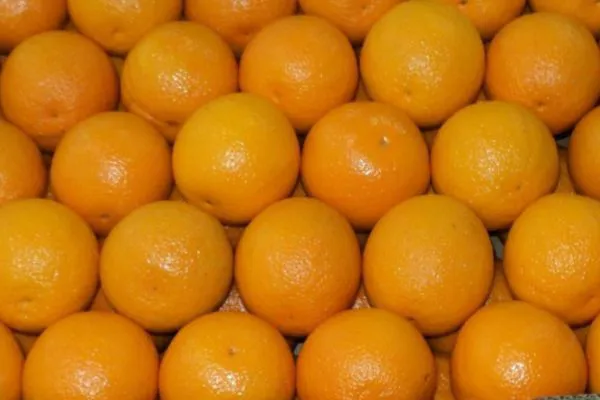Only a few weeks remain before the end of the citrus season in Egypt. It's been a season of highs and lows, according to exporters' reports, who have oscillated during the campaign between anxiety and delight. Ibrahim Gadallah, development manager of JanaFresh, sums up the season in a "down-to-earth fashion".

Gadallah says: "This is the most difficult season I've had in 10 years. It's true that we've maintained at JanaFresh the same level of volume as last year, but we're nowhere near the 15-20% growth we used to record every year. This is due, as everyone knows, to the abundance of small-sized fruits this year in Egypt".
"The beginning of the season was marked by a wait-and-see situation in the market that we struggled to manage," Gadallah adds, "We had a difficult time while our markets took time to adapt and accept the available sizes. We barely maintained the same volumes and therefore didn't meet the sales targets we had set for ourselves."
While some markets eventually accepted the smaller sizes, in other markets consumers significantly reduced the amount of citrus fruit on their tables. "The problem of small sizes has had a major impact on our exports to China and India", said Gadallah.

On the upside, the scarcity of large sizes has improved their prices, according to Gadallah, "the increase in prices for large sizes has offset the stagnation in volumes. We, therefore, had good prices in the Russian and British markets and in Malaysia. This has offset insufficient prices in markets where there has been too much supply of small sizes."
While several growers and exporters reported increased volumes during the season, even anticipating record exports this year, Gadallah is more cautious: "Let's wait for the official statistics to come out. Maybe a few exporters have achieved record volumes this year, but we're for most in the same boat, with stagnant volumes and prices not matching our expectations."
Even with the increase in prices at the end of the season, Gadallah feels that they are not sufficient. "Prices increasing at the end of the season is natural, quality gets lower and we sort out 30-40% of the fruits compared with 15% at the beginning and middle of the season. I feel that prices have not been where they should be for Egyptian citrus," said the exporter.

"We hope that next season will bring a shift in terms of volumes, sizes, and quality. We, for our part, will be ready and mobilized to make the next campaign a success. At JanaFresh, we are inaugurating in November a new packing house equipped with up-to-date sorting machines, processing lines, and optical sizers, a production capacity of 35 tons per day and cold storage capacity of 3,000 pallets," concludes Gadallah.
For more information:
Ibrahim Gadallah
JanaFresh
Tel: +20 100 366 9486
Email: ibrahim@janafresh.com
www.janafresh.com
